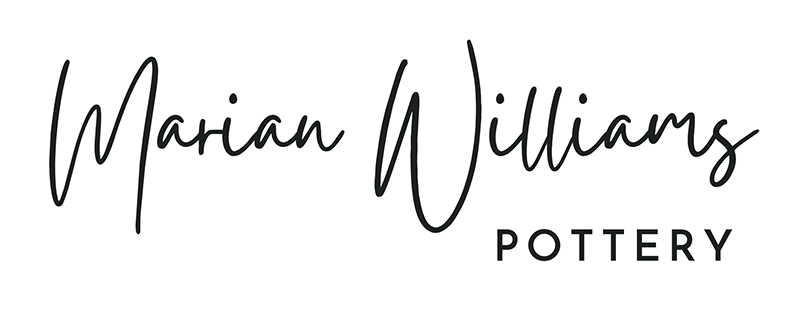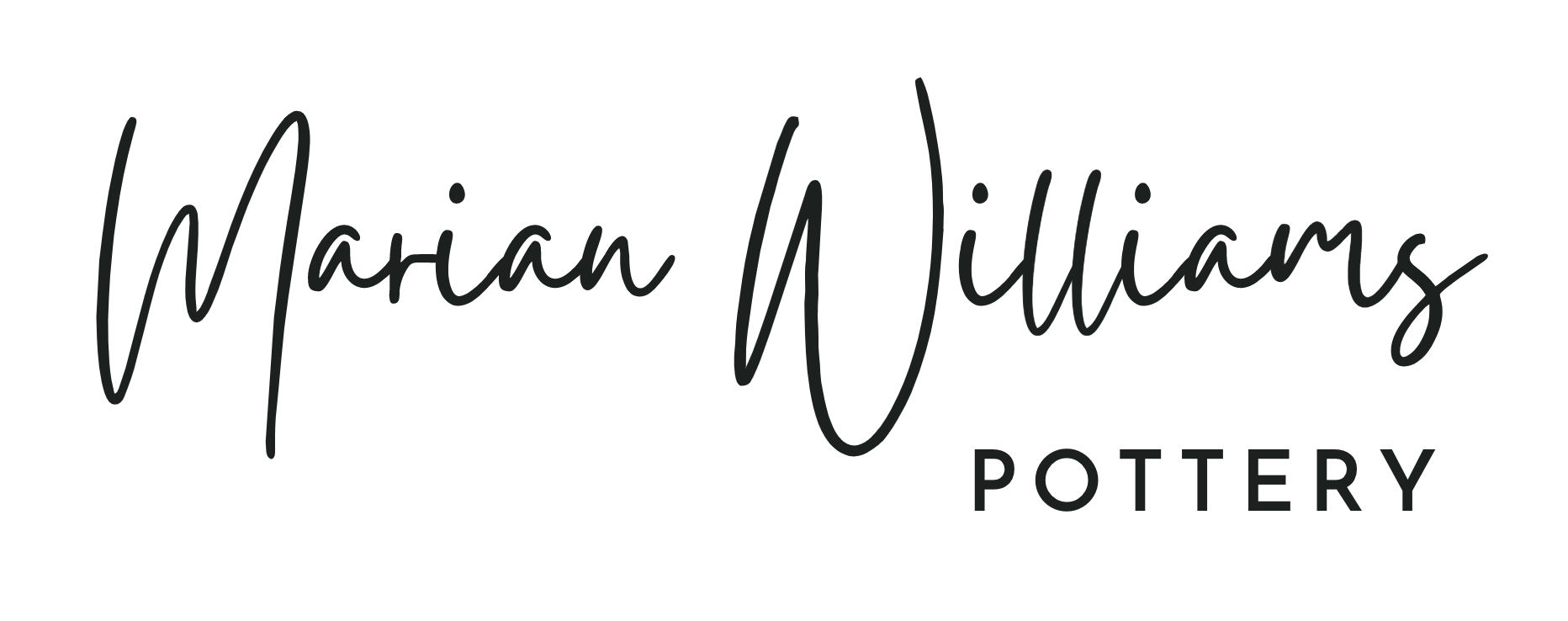In preparation for my second firing of my fibre-lined gas kiln, I took the advice of Ray Cavill, an interim instructor at Tweed Unlimited Arts in Banora, NSW, and made heaps of cone packs. Ray had looked at the results of my first firing and after an extended conversation, he recommended that I fire the kiln fully loaded, but also have cone packs at the front and back of each shelf so that I could determine where my hot spots and cooler spots were in the kiln.
When I purchased the gas kiln, one of the bonuses was getting all of the chemicals for mixing glazes from the former kiln owner. The chemicals were a “throw in” and what a good deal! I don’t have any idea how much they were worth, but it was a great bonus! When I got the chemicals, they were in plastic containers of various sorts and poorly marked, so I repacked them in smaller containers provided by my husband’s work and labeled them for easy access.
I had done lots of research on glazes and made small batches of 36 different glazes to test. I numbered and labeled each bucket with the name of the glaze and any particular chemicals added. I was good to go and started glazing. For many of the glazes, application was a combination of dipping, pouring and spraying (but more about that in another post).
I stacked the kiln and placed cone packs in the front and back of the lower, middle, and highest shelf. I made sure that each cone pack was fully visible from the bung holes in the front door.
The kiln was packed tight and I thought was packed well!
Samantha Scout, my pottery dog, thought so too!
So, we were good to go! and 9 hours later we were done!
The firing records indicate the kiln’s progress. We put the kiln in reduction later this time – @ 925 degrees celcius. The kiln got to 1276, all cones appeared to have bent, so we turned the kiln off and closed it up after 9 hours – Not bad! Although I thought I was taking really good notes and recording everything involving the firing and glazes, I have found that it is inadequate. One cannot take TOO MANY notes, record too carefully, or document the process too much. It is very important and I’m still working out the kinks in that process.
Upon opening the kiln, I was giddy with excitement! I could see COLOURS and no major problems!
Here is a second view of the kiln after opening.
It was immediately apparent that the lower shelf’s cones had not even bent! Once again, I had placed the lower shelf too low to the bottom shelf, not allowing for enough air flow-when will I ever learn! But….I did get some nice reds at that temp!
The middle of the kiln (the cones I could see from the peep hole) were all completely down. So I definitely had some variation in the heat in the kiln – more work for the third firing! I also had some stickage and runny glazes. Great! I love cleaning up kiln shelves!
One of the main purposes of this firing, was to see if the kiln would reach cone 10 temperatures and to also test 36 different glazes in various combinations. I put in lots of test tiles and also some tiles like the one above to test the combination results of glazes. I’m doing a post later on the lessons learned from these tiles, so stay tuned!
The results from the second kiln firing were exciting! Lots of interesting colours! The following pics are of various glazes and the results. I MUST take better notes next time though. For although I did record the glazes, I didn’t number the bowls and they all run together and are not individually distinguishable. Next time. Enjoy!






















Wow! Those turned out really cool! (awesome green at the bottom of that one bowl) I love the combinations! Very pretty! -Hattie
Thanks! You are too kind!